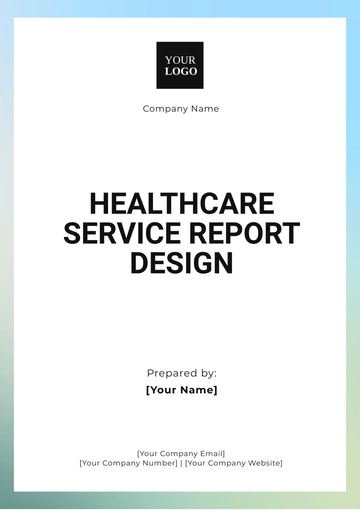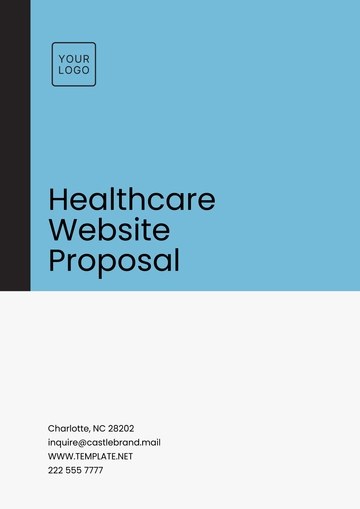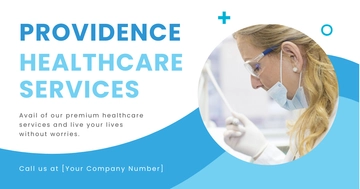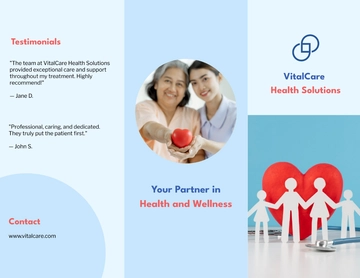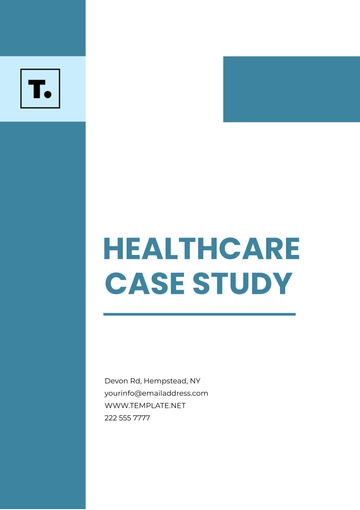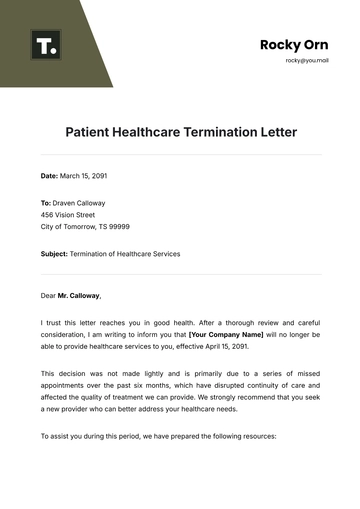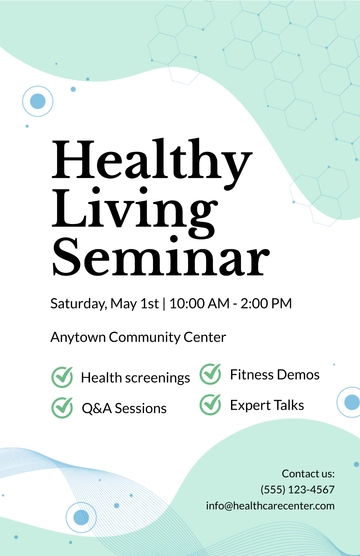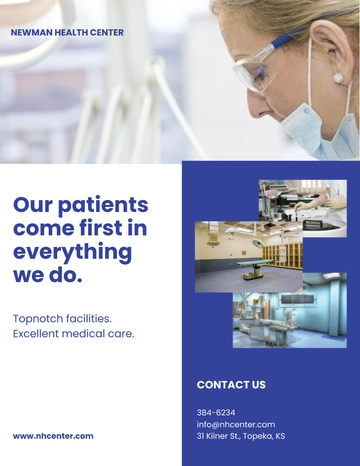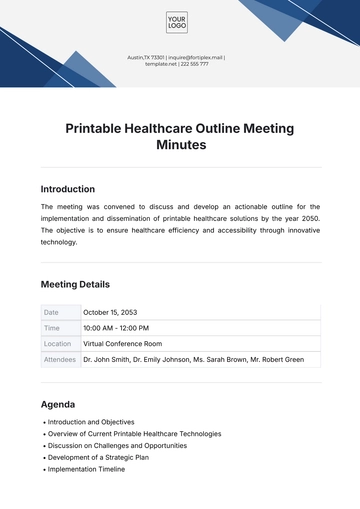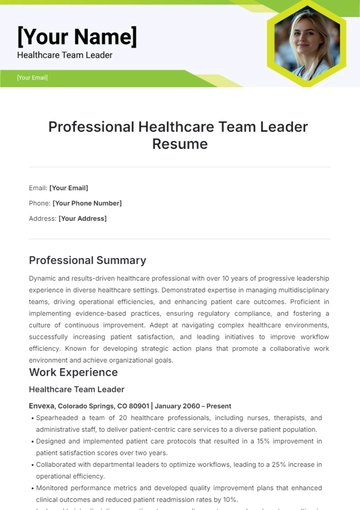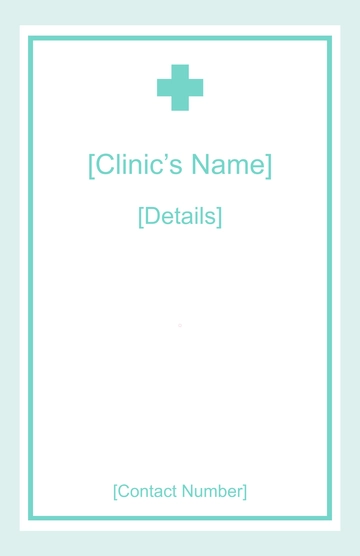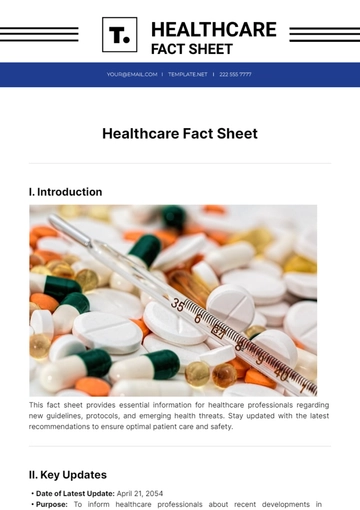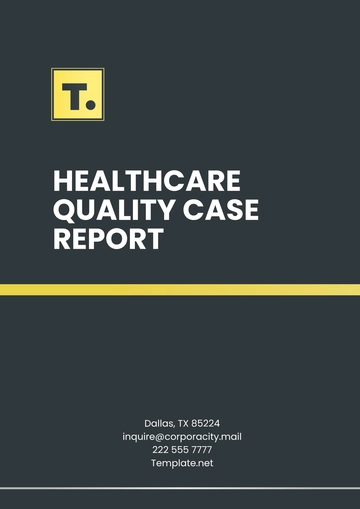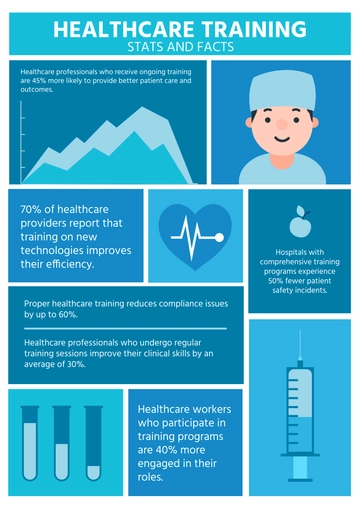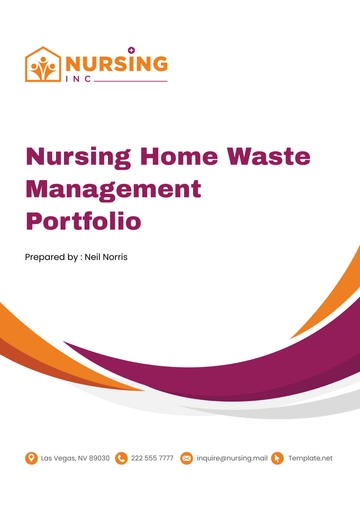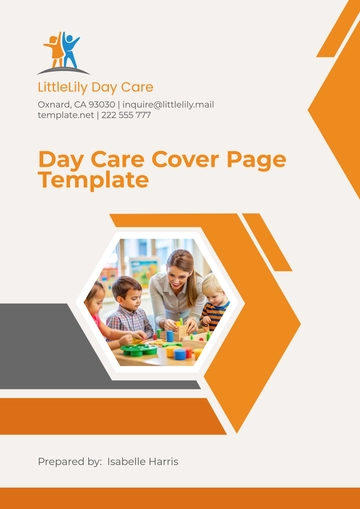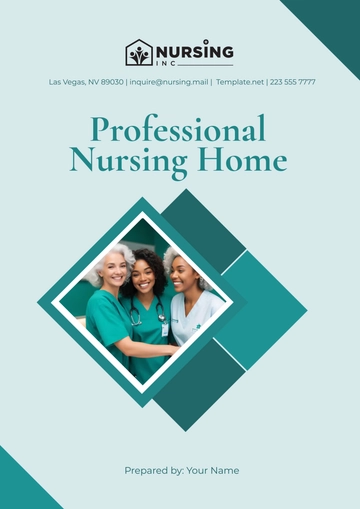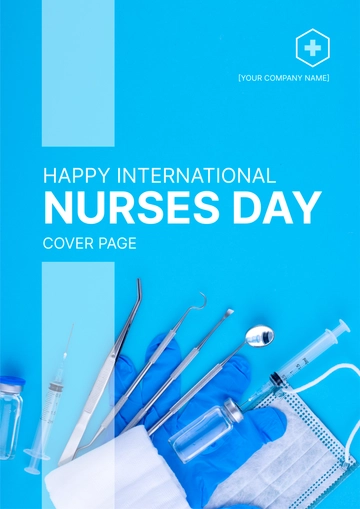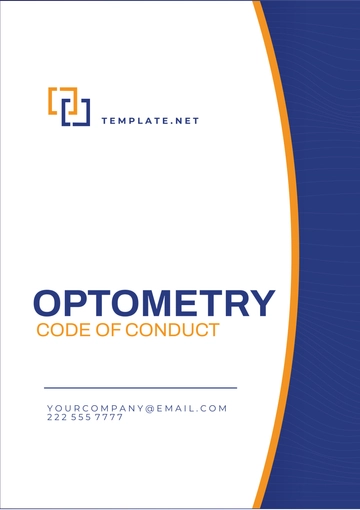Free Nursing Home Project Strategy
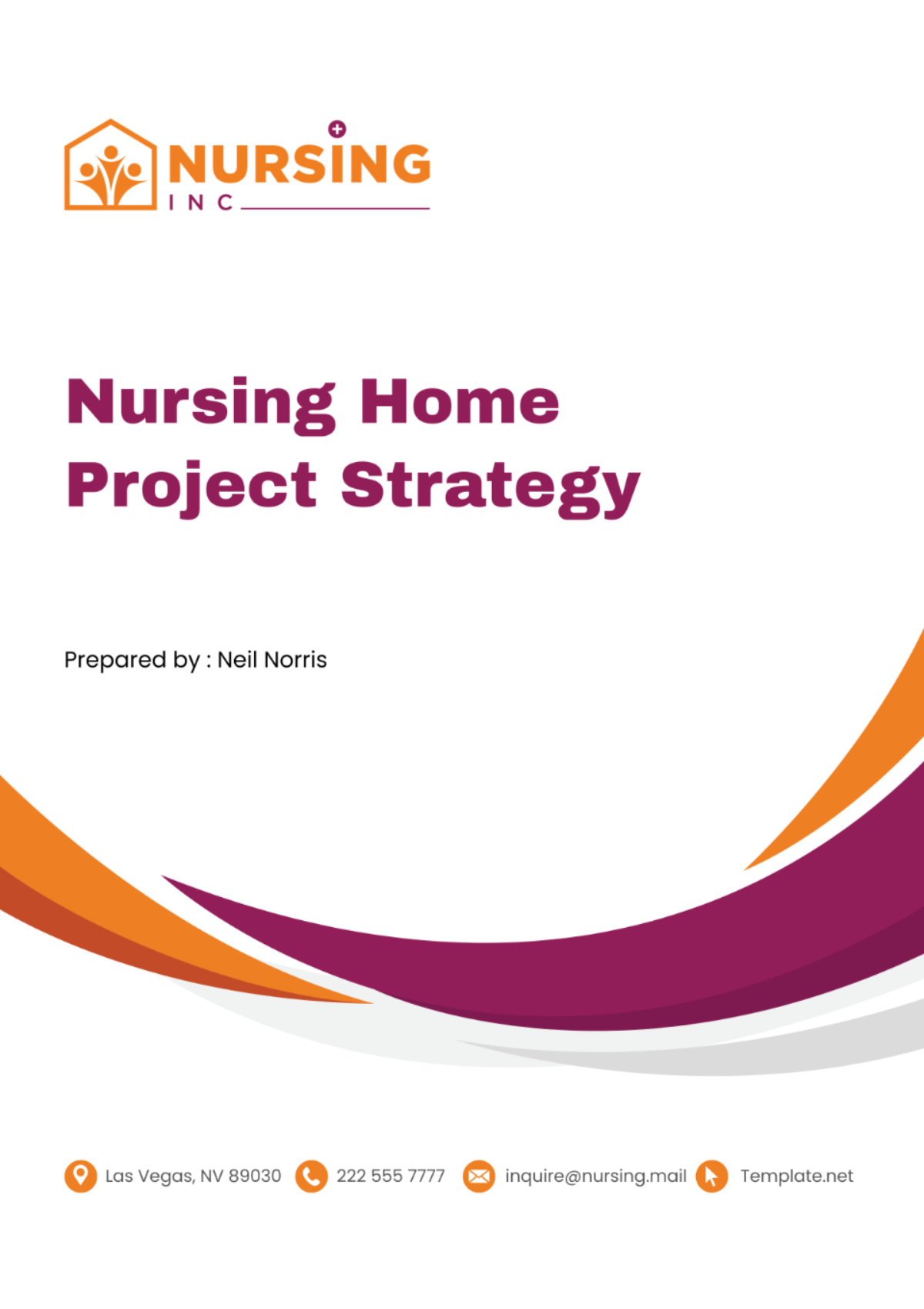
A. Executive Summary
The envisioned project encompasses the establishment of an innovative nursing home facility, designed to set new benchmarks in eldercare excellence. With an unwavering commitment to providing unparalleled healthcare services and fostering an environment of utmost comfort, our initiative aims to redefine the standards of elderly care within our community. At the heart of this endeavor lies a collaborative effort among esteemed healthcare providers, the local community, regulatory bodies, and our dedicated project development team.
This visionary project aspires to deliver more than just a nursing home; it seeks to create a haven where residents receive compassionate care tailored to their individual needs. By prioritizing best practices in healthcare delivery and embracing cutting-edge technologies, we endeavor to ensure the well-being and dignity of every resident entrusted to our care. Through this endeavor, we not only aim to meet regulatory requirements but also exceed expectations, elevating the standard of eldercare and enriching the lives of those we serve.
B. Project Scope and Objectives
The project aims to develop a nursing home with 100 resident capacity, outpatient facilities, rehabilitation services, and recreational areas. This project is expected to be a beacon of excellent geriatric care, adhering to top industry standards.
The project's primary objectives are:
Construction of a modern nursing home
Providing around-the-clock healthcare services
Offering both inpatient and outpatient services
Maintaining a high standard of living for all residents
Ensuring compliance with healthcare and legal regulations
C. Project Timeline
The projected timeline outlines the key activities involved in the development and launch of the nursing home facility. Spanning from [January 2053] to [February 2055], this schedule delineates the sequential progression of tasks, from design and approvals to the grand opening. Each phase is meticulously planned to ensure timely completion and adherence to regulatory requirements. The table below provides a concise overview of the start and end dates for each major activity, offering stakeholders clear insight into the project's timeline and milestones.
Activity | Start Date | End Date |
|---|---|---|
Design & Approvals | January 2053 | June 2053 |
Construction | July 2053 | June 2054 |
Recruitment & Training | July 2054 | September 2054 |
Procurement & Setup | October 2054 | January 2055 |
Launch | February 2055 | February 2055 |
D. Budget and Financial Plan
The budget and financial plan delineate the estimated costs and funding sources for the nursing home project, totaling $10 million. This comprehensive budget encompasses construction expenses, procurement of medical equipment, staffing, and ancillary costs. Funding will be sourced from bank loans, investor funding, and grants. Vigilant monitoring and management will ensure prudent allocation of resources and minimize the risk of budget overruns.
Expense | Estimated Cost |
|---|---|
Construction | $6,000,000 |
Medical Equipment Procurement | $1,500,000 |
Staffing | $1,000,000 |
Auxiliary Expenses | $1,500,000 |
Total Project Budget | $10,000,000 |
The financial plan underscores our commitment to fiscal responsibility, ensuring that resources are efficiently utilized to realize our vision of providing exceptional care to our residents. Regular reviews and adjustments will be conducted to maintain financial stability and transparency throughout the project lifecycle.
E. Resource Allocation
Efficient resource allocation is essential for the successful execution of the nursing home project. During the construction phase, a specialized team comprising architects, engineers, and skilled laborers will be engaged to ensure the timely completion of the facility. Subsequently, for the operational phase, a diverse workforce encompassing medical professionals, support staff, and administrative personnel will be recruited. Furthermore, state-of-the-art medical and rehabilitation equipment will be procured to facilitate optimal patient care.
Phase | Resources |
|---|---|
Construction | Architects, Engineers, Laborers |
Operational | Medical Professionals, Support Staff, Administrative Personnel |
Procurement | Medical and Rehabilitation Equipment |
This strategic allocation of resources reflects our commitment to assembling the necessary expertise and infrastructure to deliver exceptional care and support to our residents throughout their stay in our facility.
F. Risk Management
Effectively managing risks is paramount to the success of the nursing home project. By proactively identifying potential challenges and implementing robust mitigation strategies, we aim to safeguard the project's progress and ensure its timely completion.
Risk Identification
a. Regulatory Compliance Issues
Changes in healthcare regulations
Licensing and accreditation requirements
b. Construction Delays
Weather-related disruptions
Supply chain disruptions
c. Budget Variances
Unforeseen expenses
Economic fluctuations
Risk Mitigation Strategies
a. Contingency Planning
Establishing reserve funds for unforeseen expenses
Developing alternative construction schedules to account for potential delays
b. Regular Project Monitoring
Implementing progress tracking mechanisms to identify issues early
Conducting regular inspections to ensure adherence to regulatory standards
c. Comprehensive Legal Consultation
Engaging legal experts to navigate regulatory requirements
Reviewing contracts and agreements to mitigate legal risks
Risk Response Planning
a. Regulatory Compliance Issues
Proactively liaising with regulatory bodies to stay updated on changes
Conducting regular compliance audits to address any discrepancies
b. Construction Delays
Implementing flexible scheduling and resource allocation strategies
Establishing clear communication channels with contractors and suppliers
c. Budget Variances
Conducting thorough financial analysis and forecasting
Implementing cost-saving measures without compromising quality
Risk Monitoring and Control
Establishing a dedicated risk management team to oversee mitigation efforts
Conducting periodic risk assessments to identify emerging threats
Implementing corrective actions in response to deviations from the risk management plan
G. Quality Assurance and Compliance
Ensuring the highest standards of quality and compliance is fundamental to the operations of our nursing home facility. We are committed to implementing rigorous protocols and adhering to all applicable regulatory standards to guarantee the safety and well-being of our residents.
Quality Control Plan |
|
Regulatory Compliance |
|
Staff Education and Training |
|
Issue Resolution Protocols |
|
H. Project Governance Structure
The project governance structure for the nursing home project outlines the framework for decision-making and oversight. At the apex sits the Project Steering Committee, comprising executive leadership and key stakeholders from healthcare providers, regulatory bodies, and the community. Directly reporting to this committee is the Project Manager, responsible for day-to-day operations and ensuring alignment with strategic goals. This structure fosters clear communication, accountability, and efficient project execution.
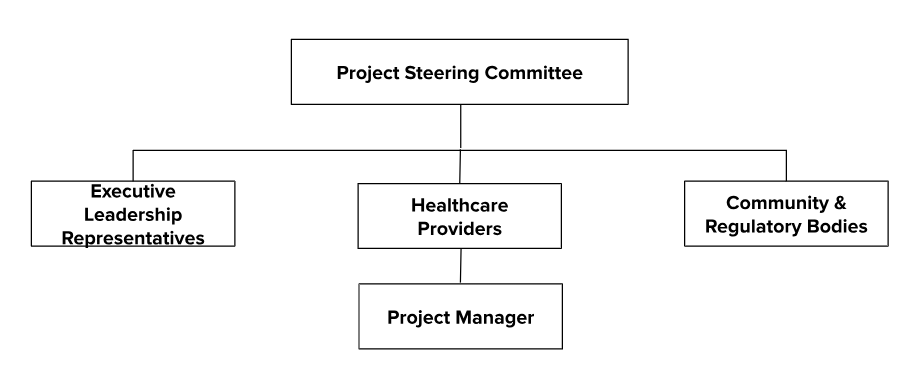
In this graphical representation:
The Project Steering Committee is positioned at the top, indicating its role as the governing body responsible for strategic decision-making.
The Project Manager is depicted below the Steering Committee, illustrating their role in managing day-to-day project operations and reporting directly to the Committee.
Arrows indicate the flow of communication and reporting, with the Project Manager providing updates to the Steering Committee.
I. Stakeholder Management
Effective stakeholder management is paramount to the success of the nursing home project, fostering collaboration, transparency, and trust among all parties involved.
Stakeholder Identification
Identifying all key stakeholders, including healthcare providers, local community members, regulatory bodies, investors, and project team members.
Assessing their interests, influence, and potential impact on the project.
Stakeholder Engagement
a. Regular Project Updates
Providing timely updates on project progress, milestones, and any significant developments to all stakeholders.
Ensuring transparency and accountability in project communications.
b. Open Communication Channel
Establishing an accessible communication channel for stakeholders to voice their concerns, provide feedback, and seek clarification.
Responding promptly to stakeholder inquiries and addressing any issues or concerns raised.
Stakeholder Collaboration
Encouraging active participation and collaboration among stakeholders to leverage their expertise and resources for the project's benefit.
Facilitating stakeholder workshops, meetings, and forums to foster dialogue, share insights, and align expectations.
Stakeholder Feedback and Resolution
Soliciting feedback from stakeholders at key project milestones to gauge satisfaction and identify areas for improvement.
Implementing mechanisms for resolving stakeholder conflicts or addressing dissatisfaction in a fair and transparent manner.
J. Sustainability and Corporate Social Responsibility
At the heart of our nursing home project lies a steadfast commitment to sustainability and corporate social responsibility. Beyond providing exemplary eldercare, we are dedicated to minimizing our environmental footprint and maximizing our positive impact on the community.
In line with this ethos, the nursing home will be constructed using eco-friendly materials and sustainable building systems, reducing energy consumption and waste production. Furthermore, we recognize the importance of giving back to the local community. Through job creation initiatives and contributions to local health programs, we aim to foster economic growth and enhance the well-being of those in our community. By embracing sustainability and corporate social responsibility, we aspire to create a nursing home that not only enriches the lives of its residents but also leaves a lasting legacy of environmental stewardship and social impact.
K. Monitoring and Reporting
Monitoring and reporting procedures are essential for ensuring transparency, accountability, and effective communication throughout the nursing home project.

By adhering to this monitoring and reporting procedure, we ensure that stakeholders are kept informed of project developments and that any issues are promptly addressed to maintain project success.
- 100% Customizable, free editor
- Access 1 Million+ Templates, photo’s & graphics
- Download or share as a template
- Click and replace photos, graphics, text, backgrounds
- Resize, crop, AI write & more
- Access advanced editor
Achieve project success with the Nursing Home Project Strategy Template from Template.net. This editable and customizable template facilitates the planning and execution of nursing home projects, from expansion efforts to quality improvement initiatives. Editable in our Ai Editor Tool, it's essential for aligning project goals with organizational objectives, ensuring efficient resource use, and enhancing the overall care environment for residents.
